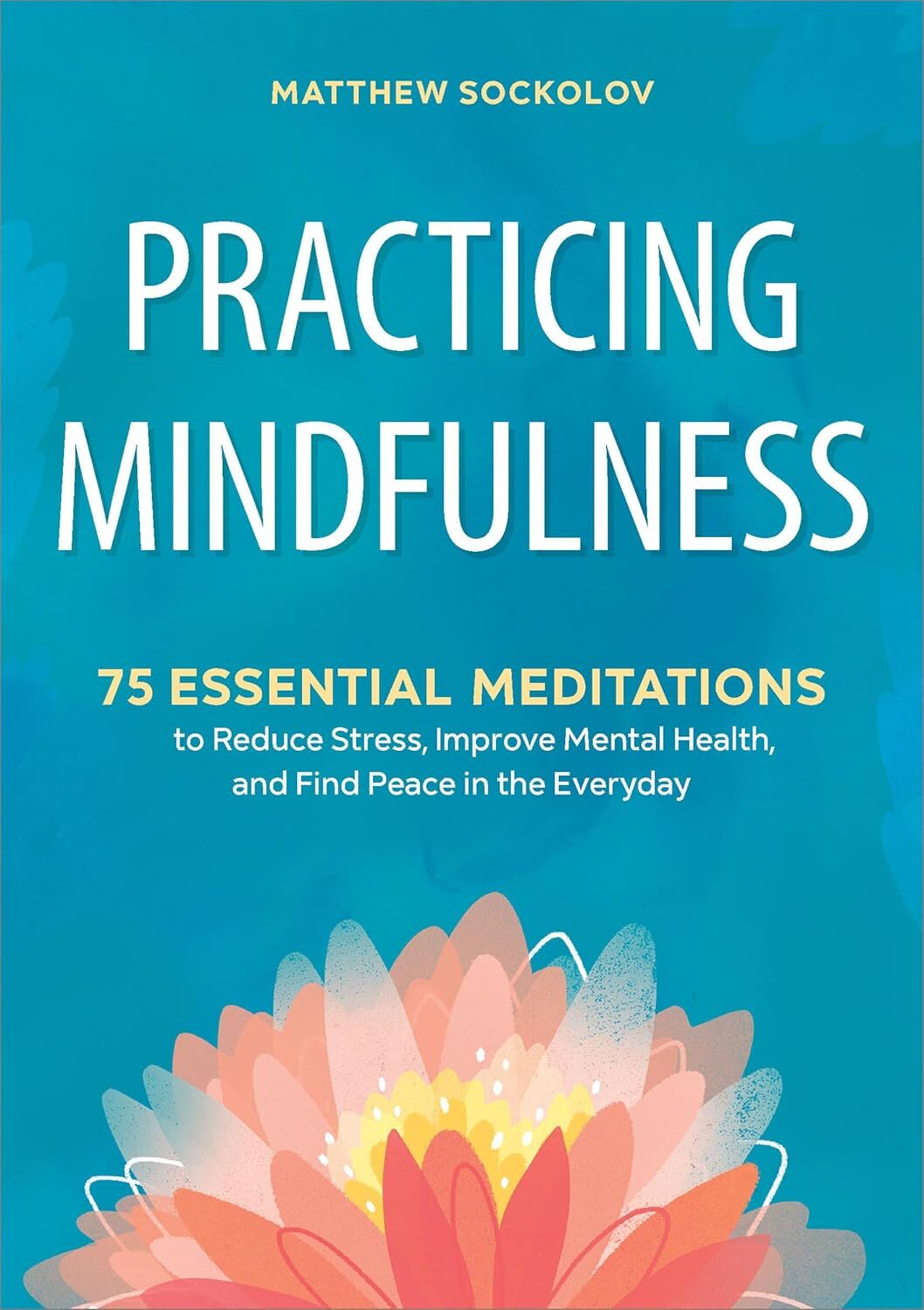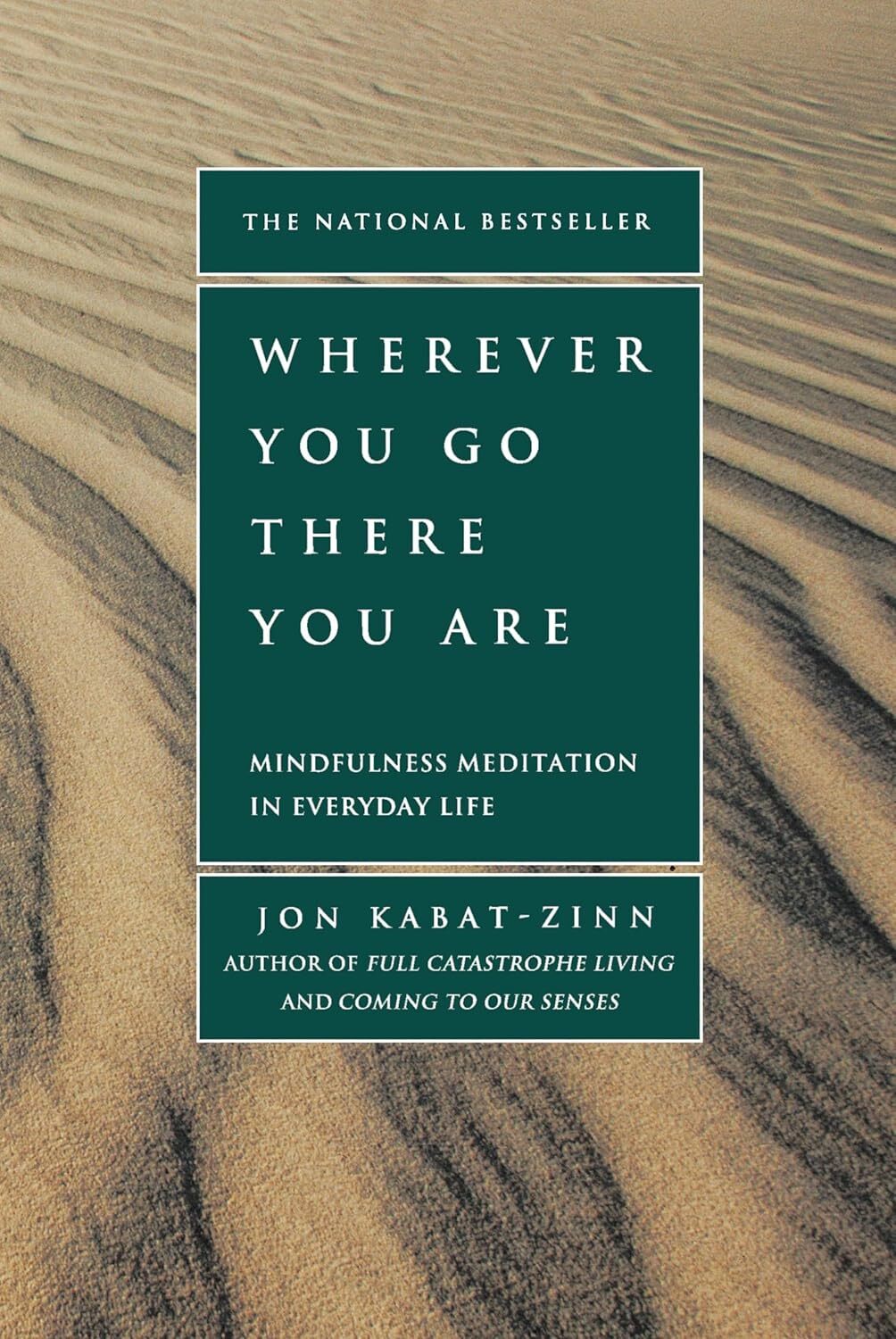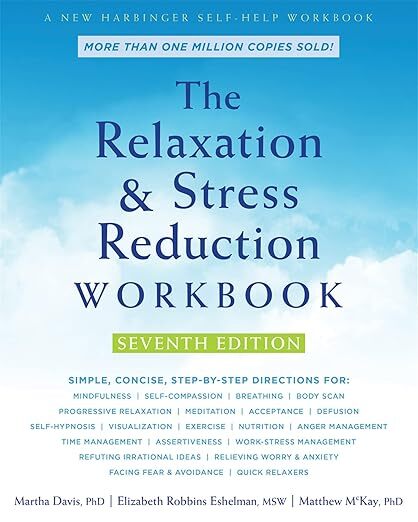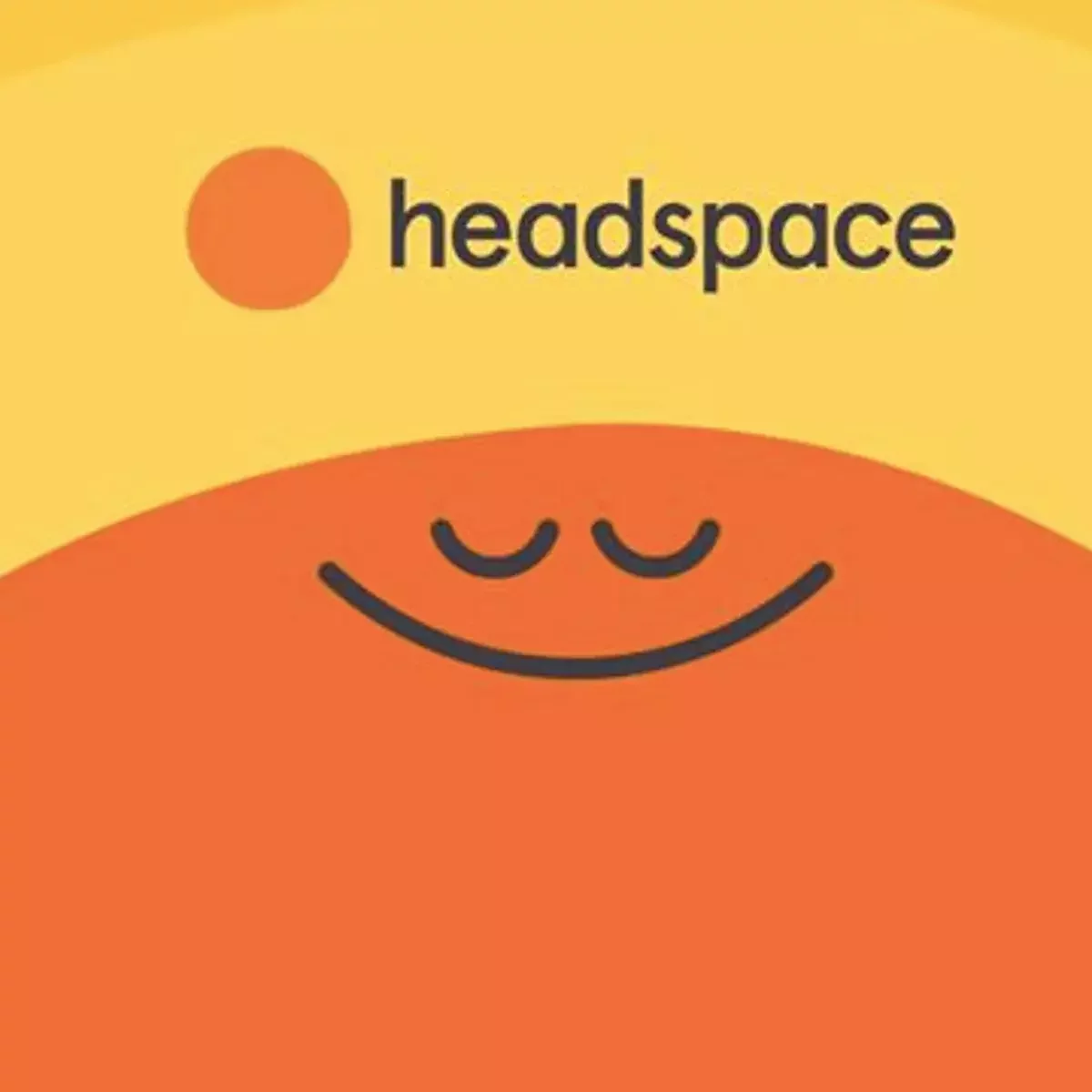Body Scan Mediation
Cultivate Mindfulness and Reduce Stress Through Bodily Awareness

Introduction
Body scan meditation is a mindfulness practice that involves systematically directing attention to different parts of the body, noticing sensations without judgment. Originating from ancient Buddhist vipassana traditions and popularized by Dr. Jon Kabat-Zinn in the late 1970s through his Mindfulness-Based Stress Reduction (MBSR) program, it fosters present-moment awareness. This technique helps ground the mind, release physical tension, and strengthen the body-mind connection, making it effective for managing stress, anxiety, chronic pain, and improving overall well-being.
Why It Works
Body scan meditation enhances interoceptive awareness—the ability to sense internal bodily signals—shifting the nervous system from the sympathetic "fight or flight" response to the parasympathetic "rest and digest" state. By observing sensations non-judgmentally, it interrupts cycles of rumination and anxiety, reducing cortisol levels and improving emotional regulation. Research shows it decreases symptoms of stress, depression, and chronic pain while boosting sleep quality, self-compassion, and resilience to negative emotions.
How To Do It
Instructions:
1. Prepare Your Space
- Feet: Observe the soles, arches, and tops of your feet.
- Legs: Scan calves, shins, knees, and thighs, front and back.
- Hips and Pelvis: Feel the contact with the surface and any subtle movements.
- Abdomen: Notice the rise and fall with each breath.
- Chest and Back: Sense your heartbeat and the support beneath you.
- Hands and Arms: From fingertips to elbows, then shoulders.
- Neck and Shoulders: Release any held tension.
- Face: Scan forehead, eyes, cheeks, jaw, and mouth.
- Head: Crown, ears, and scalp.
Helpful Tips:
- Start small: Begin with 5–10 minute sessions if new to meditation.
- Choose your position: Lying down aids relaxation; sitting works for daytime practice.
- Stay curious: Adopt a non-judgmental attitude toward sensations; label them if helpful (e.g., “tingling”).
- Manage discomfort: Breathe into tense areas or skip them—never force.
- Use a timer: Set a soft alarm to avoid clock-watching.
- Practice daily: Try before bed for better sleep or mornings for grounding.
- Track progress: Journal changes in tension or mood over time.
- Combine techniques: Pair with gentle yoga or walking meditation for enhanced benefits.
- Be consistent: Effects deepen with regular.
Recommended Videos
Body Scan Meditation - Jon Kabat-Zinn
Mindfulness 360
20min Body Scan Meditation
Yoginimelbourne
Mindfulness Meditation Body Scan
Oxford Mindfulness Centre
Influential Books
Mindfulness is an evidence-based method for reducing stress and anxiety, enhancing resilience, and maintaining mental well-being.
When Wherever You Go, There You Are was first published in 1994, no one could have predicted that the book would launch itself onto bestseller lists nationwide and sell over 750,000 copies to date
The Relaxation and Stress Reduction Workbook remains the go-to resource for stress reduction strategies that can be incorporated into even the busiest lives.
* As an Amazon Associate I earn from qualifying purchases.
Helpful Websites
Popular Apps
Scientific Research
- Kwak, S., et al. (2022). The effects of body scan meditation: A systematic review and meta-analysis. Applied Psychology: Health and Well-Being, 14(4), 1243–1263. https://pubmed.ncbi.nlm.nih.gov/35538557/
- Glim, S., et al. (2022). Body scan meditation enhances the autonomous sensory meridian response to auditory stimuli. Perception, 51(6), 435–437. https://pubmed.ncbi.nlm.nih.gov/35502855/
- Chegeni, R., et al. (2024). Assessing the Impact of the Mindfulness-Based Body Scan Technique on Sleep Quality in Multiple Sclerosis Using Objective and Subjective Assessment Tools: Single-Case Study. Journal of Clinical Neuroscience, 128, 1–7. https://pubmed.ncbi.nlm.nih.gov/39052996/
- Colgan, D. D., et al. (2021). The Body Scan and Mindful Breathing Among Veterans with PTSD: Type of Intervention Moderates the Relationship Between Changes in Mindfulness and Post-treatment Depression. Journal of Evidence-Based Integrative Medicine, 26, 1–10. https://pubmed.ncbi.nlm.nih.gov/32863982/
Related Topics:
Strongly Related
Reduce Stress:
[Links to related web pages]
[Links to related web pages]
[Links to related web pages][Links to related web pages]
Moderately Related
Issue B:
[Links to related web pages]
[Links to related web pages]










